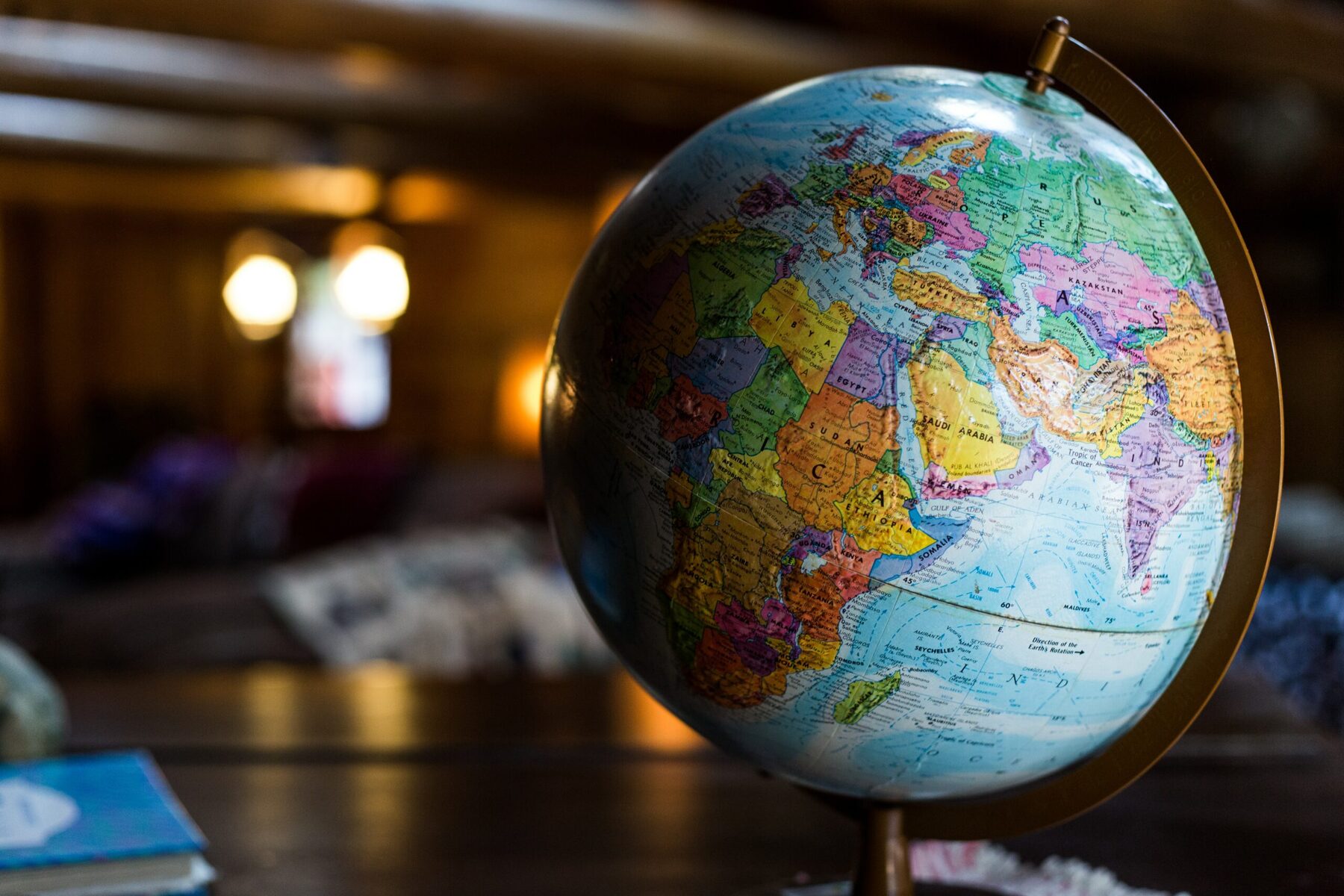
Ever wondered about the clash that reshaped the late 19th-century geopolitical landscape? Yes, we're talking about the Spanish-American War, a pivotal moment that still echoes in history books and old tales. This conflict, lasting a mere ten weeks, dramatically altered the fate of nations and empires. But what's the real scoop behind this historical showdown? The Spanish-American War was a turning point that ended Spain's colonial rule in the Americas and ushered in the United States as a global power. From mysterious explosions to the birth of American imperialism, let's peel back the layers of history to uncover 23 astonishing facts about this fascinating conflict. Ready to have your mind blown by tales of bravery, strategy, and unexpected outcomes? Buckle up, because history is about to get interesting!
Key Takeaways:
- The Spanish-American War was sparked by the explosion of the USS Maine and led to the United States acquiring territories like Cuba, Puerto Rico, and the Philippines, shaping its emergence as a global power.
- Media played a significant role in drumming up public support for the war through sensationalist journalism, while the conflict showcased the rise of the U.S. Navy and the country's acquisition of overseas territories.
What Sparked the Spanish-American War?
The conflict between Spain and America in 1898, known as the Spanish-American War, was ignited by the explosion of the USS Maine in Havana Harbor. This event led to a surge in public support for Cuban independence from Spain, fueled by sensationalist journalism that blamed the explosion on Spanish sabotage.
- USS Maine was a United States Navy ship whose destruction played a pivotal role in leading to the war.
Key Battles of the Spanish-American War
Several significant battles defined the course of the Spanish-American War, showcasing the might of the emerging American military power.
- The Battle of Manila Bay was a decisive naval engagement, resulting in a comprehensive victory for the United States and the destruction of the Spanish Pacific fleet.
- In the Battle of San Juan Hill, Theodore Roosevelt and his Rough Riders, alongside African American soldiers from the 9th and 10th Cavalry Regiments, played a crucial role in capturing this strategic location.
The Treaty of Paris 1898
The war concluded with the signing of the Treaty of Paris in 1898, which had profound implications for both Spain and the United States.
- Spain relinquished control over Cuba, Puerto Rico, the Philippines, and Guam to the United States, marking the end of its colonial empire.
- The Philippines was purchased by the United States from Spain for $20 million, a move that led to the Philippine-American War.
Impact on Cuba and Puerto Rico
The aftermath of the Spanish-American War had lasting effects on the territories involved, particularly Cuba and Puerto Rico.
- Cuba gained nominal independence but came under American influence, with the Platt Amendment ensuring U.S. rights to intervene in Cuban affairs.
- Puerto Rico became a U.S. territory, with its residents eventually becoming U.S. citizens in 1917.
The Rise of the United States as a World Power
The Spanish-American War marked a turning point in U.S. foreign policy and military strategy, signaling the country's emergence as a global power.
- The victory showcased the effectiveness of the U.S. Navy and the country's ability to project military power overseas.
- America's acquisition of overseas territories was a significant step towards building an empire and competing with European powers on the world stage.
Media's Role in the War
The role of the media, particularly newspapers owned by William Randolph Hearst and Joseph Pulitzer, was instrumental in drumming up public support for the war.
- Sensationalist journalism, known as "yellow journalism," exaggerated Spanish atrocities and swayed public opinion in favor of war.
- Hearst is famously quoted as saying, "You furnish the pictures, and I'll furnish the war," highlighting the media's influence on American involvement.
Technological Advancements and the War
The Spanish-American War saw the use of new technologies that would shape future conflicts.
- It was one of the first conflicts to be documented with motion picture cameras, bringing images of the war to the public in a new way.
- The use of smokeless gunpowder by U.S. forces was a significant advantage, reducing the visibility of their positions to Spanish forces.
African American Soldiers in the War
African American soldiers played a vital role in the Spanish-American War, participating in key battles and facing racism both on and off the battlefield.
- Members of the all-black 9th and 10th Cavalry Regiments, known as Buffalo Soldiers, were instrumental in the success of the Rough Riders at San Juan Hill.
- Despite their service, these soldiers returned home to a country still deeply divided by racial segregation and discrimination.
Legacy of the Spanish-American War
The war had a lasting impact on American society, politics, and the military.
- It spurred the development of a more modern and powerful U.S. Navy, a crucial factor in America's rise as a global power.
- The conflict also led to the first use of concentration camps by the United States, a dark aspect of its legacy.
- Veterans of the war formed the basis of the American Legion, contributing to the future of U.S. military and veterans' affairs.
The War's Influence on American Culture
The Spanish-American War influenced American culture in various ways, from literature to film.
- The war inspired a wave of patriotic fervor and a surge in military-themed literature and artwork.
- Theodore Roosevelt's image as a war hero catapulted him into the national spotlight, paving the way for his presidency.
The Philippines After the War
The aftermath of the war had significant consequences for the Philippines, leading to a prolonged conflict with the United States.
- The Philippine-American War followed, a brutal conflict that resulted in significant casualties on both sides.
- This war marked the beginning of American colonial rule in the Philippines, which lasted until 1946.
- Filipino resistance fighters, known as Katipuneros, became national heroes for their struggle against American occupation.
A Final Look at the Spanish-American War
We've journeyed through the twists and turns of the Spanish-American War, uncovering 23 amazing facts that shed new light on this pivotal moment in history. From the explosion of the USS Maine to the Treaty of Paris, each fact has painted a more vivid picture of the conflict that reshaped nations and forged new destinies. This war wasn't just a series of battles; it was a catalyst for change, sparking movements for independence and altering the course of international relations. As we reflect on these insights, let's appreciate the complexity of history and the lessons it offers. Remember, history isn't just about dates and events; it's about understanding the forces that shape our world. So, next time you hear about the Spanish-American War, you'll have a treasure trove of facts to share.
Frequently Asked Questions
Was this page helpful?
Our commitment to delivering trustworthy and engaging content is at the heart of what we do. Each fact on our site is contributed by real users like you, bringing a wealth of diverse insights and information. To ensure the highest standards of accuracy and reliability, our dedicated editors meticulously review each submission. This process guarantees that the facts we share are not only fascinating but also credible. Trust in our commitment to quality and authenticity as you explore and learn with us.


